By Land, Air, or Sea
Students discover how agricultural commodities are transported from producers to consumers.
Students discover how agricultural commodities are transported from producers to consumers.
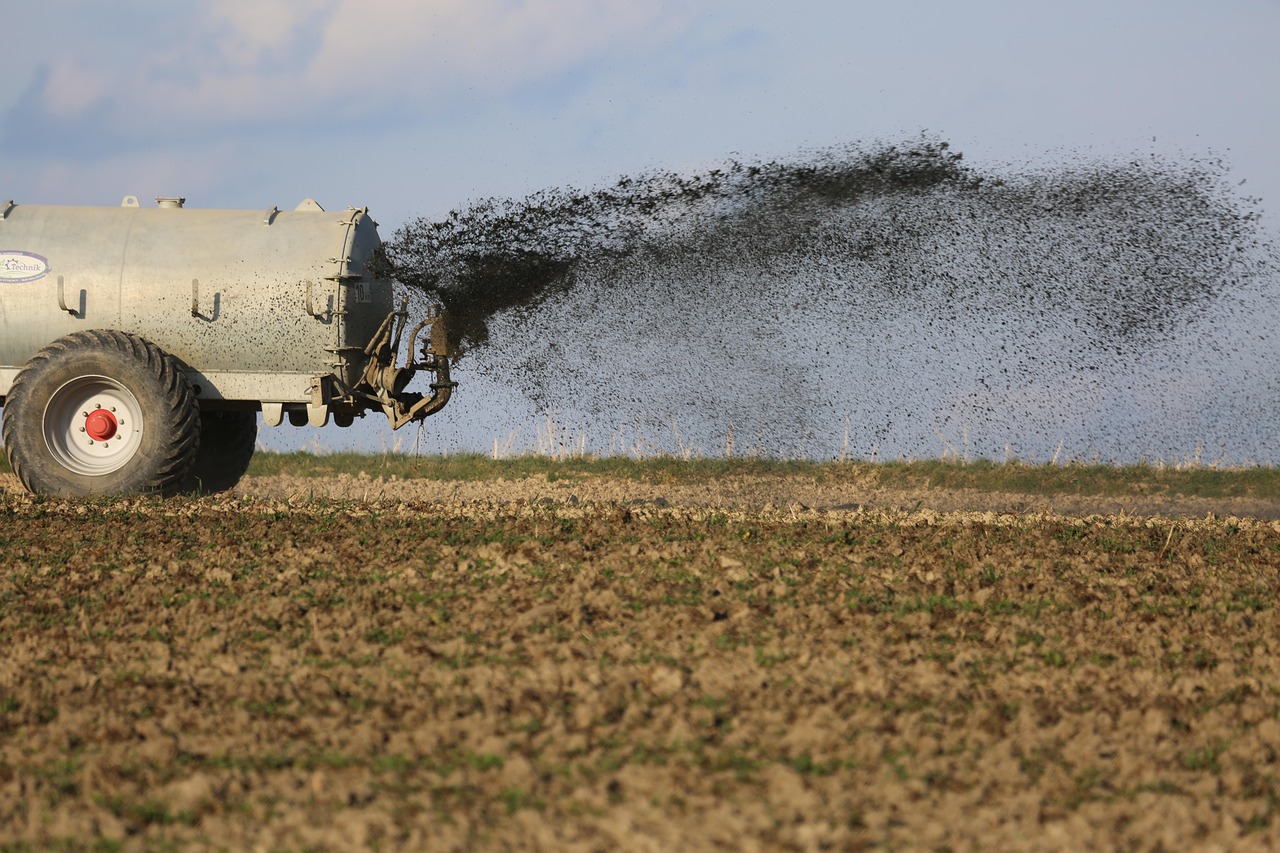
In this lesson students will understand that plants require nutrients in the proper concentrations. Students will discover that plants can be damaged or killed by either too many or too few nutrients.

Students explore the carbon cycle and evaluate the carbon footprint of cattle. Using critical thinking skills, students will use the Claim, Evidence, and Reasoning model to determine the effect of cows’ methane production on the environment and investigate the extent cattle contribute to climate change.

Through project-based learning, students will design games that will assist others with identifying a variety of agricultural careers, possible emerging agricultural careers, the education required for agricultural career options, and the types of salaries that can be expected in each career.
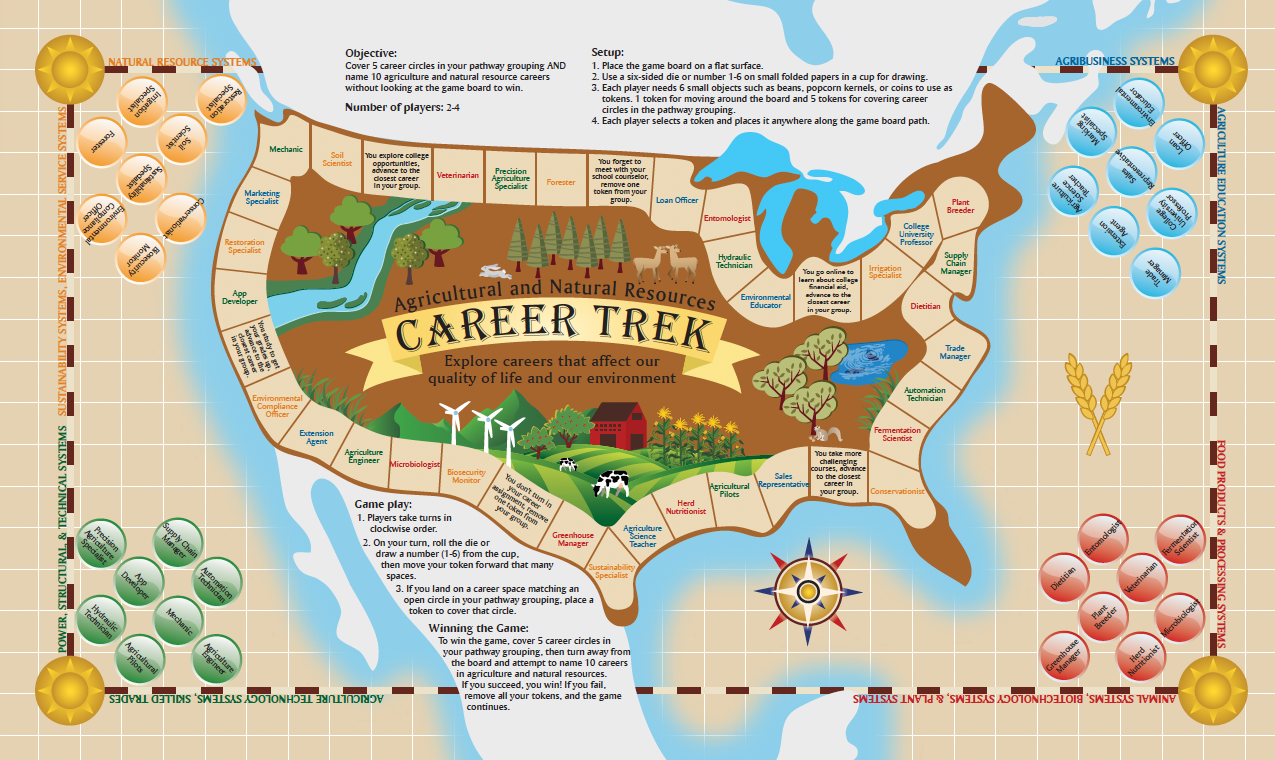
Explore the farm-to-fork process of food through the lens of careers. Students will make a career web to see the variety of careers and skill sets necessary to our food system. They will check their understanding by playing Career Trek—a board game that requires students to identify careers in agriculture and natural resources.
Students explain why people have different opinions regarding soil management and identify cause and effect relationships relating to agriculture and the environment.
Students will explore the path food takes along the Farm-to-Table Continuum. They will begin on the farm and investigate food safety issues during processing, transportation, at restaurants and supermarkets, and finally, in their own homes. Teams will identify how food can become contaminated along the continuum and develop and present strategies for preventing contamination at each step.
Students will explore the path food takes along the Farm-to-Table Continuum. They will begin on the farm and investigate food safety issues during processing, transportation, at restaurants and supermarkets, and finally, in their own homes. Teams will identify how food can become contaminated along the continuum and develop and present strategies for preventing contamination at each step.
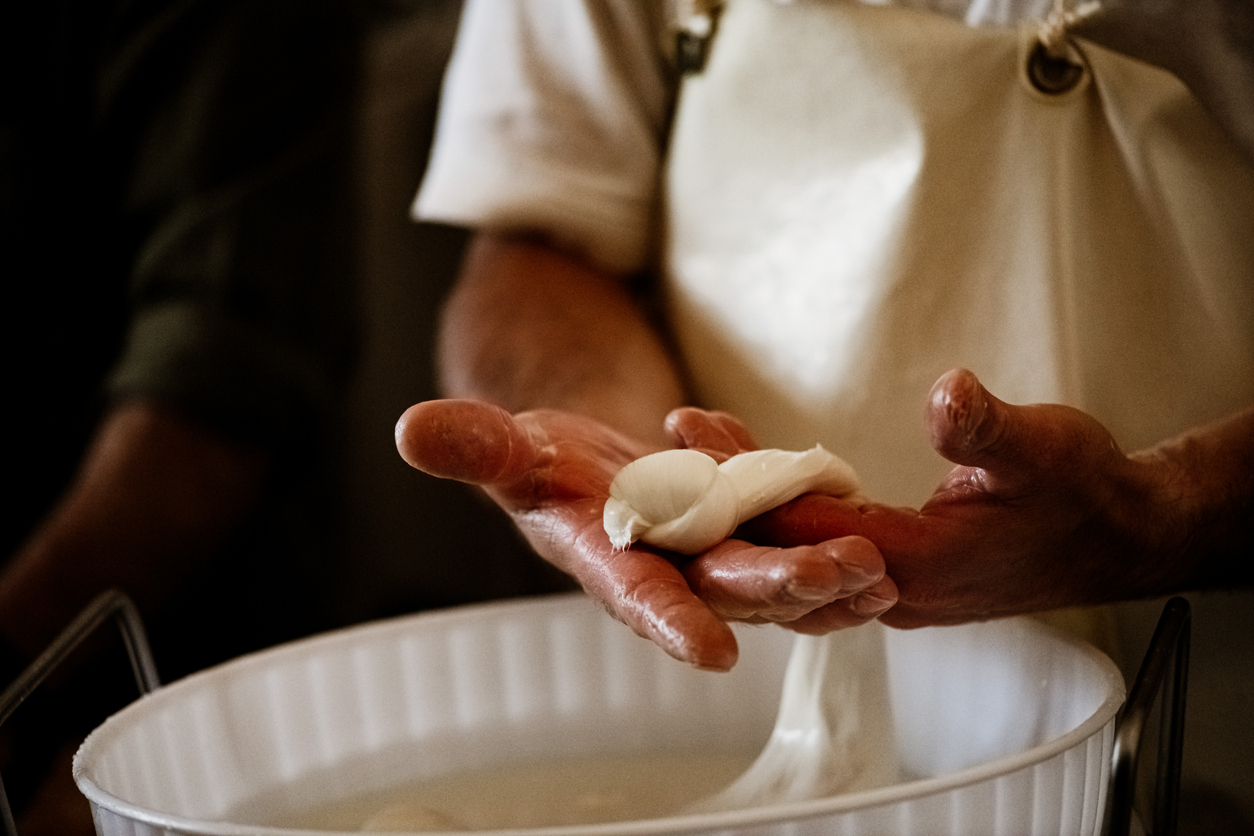
Students make fresh mozzarella cheese and explore a career as an artisan cheesemaker as they discover the science, art, and craft involved in the development of specialty cheeses.
Students make fresh mozzarella cheese and discover the science (changing a liquid to a solid), art, and craft involved in the development of specialty cheese.
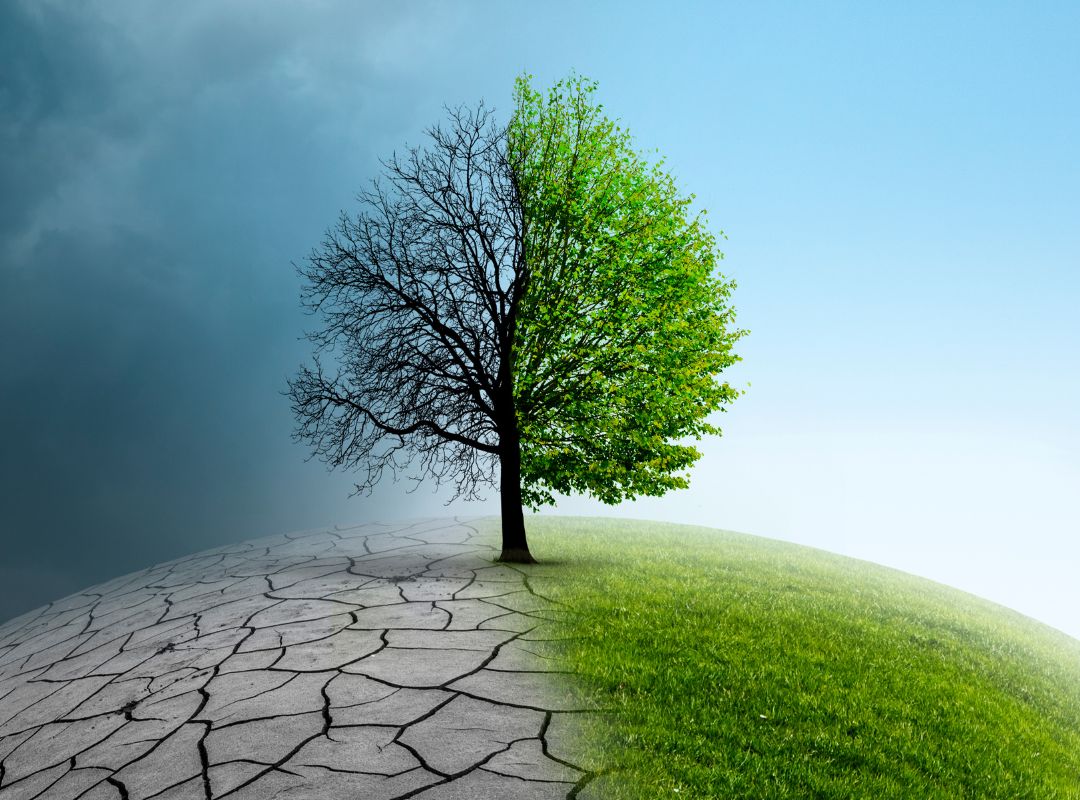
Students will explore the carbon cycle and evaluate associated phenomena of climate as they discover the impact climate change could have on the farms that produce our food.
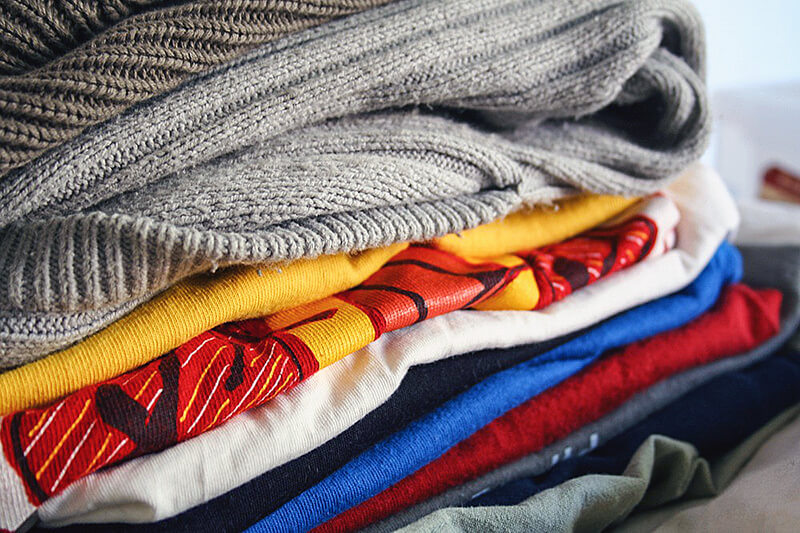
Students will gain a broad understanding of the types and sources of different fibers, examining their origins and observing their differences. Activities in this lesson include examining clothing and clothing labels and observing how different types of fabrics burn.